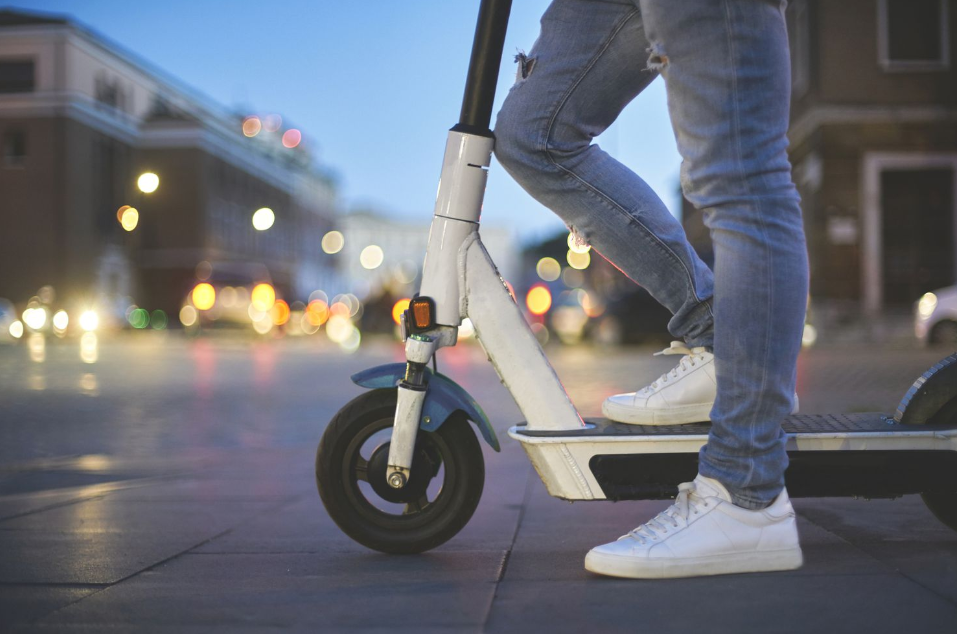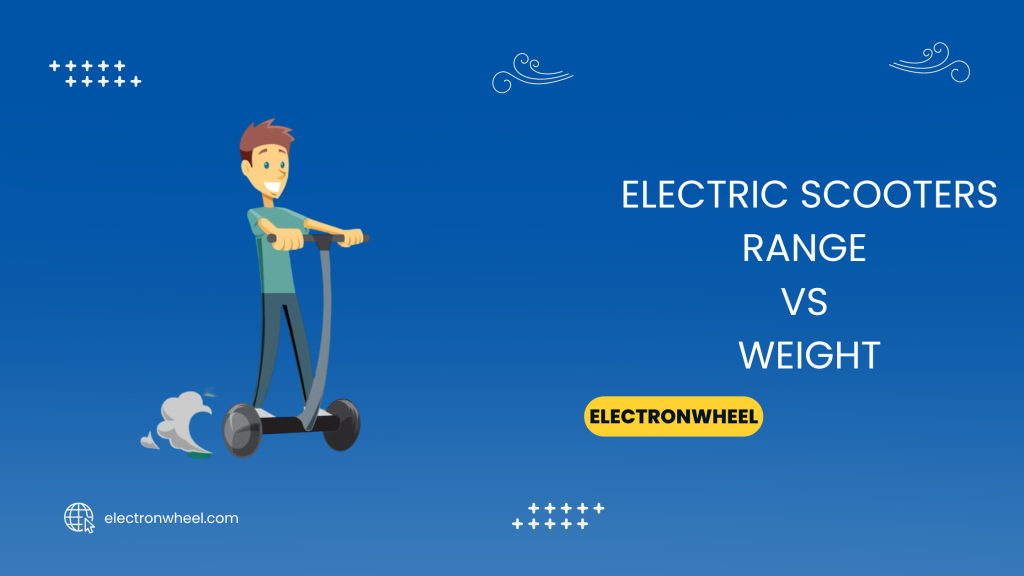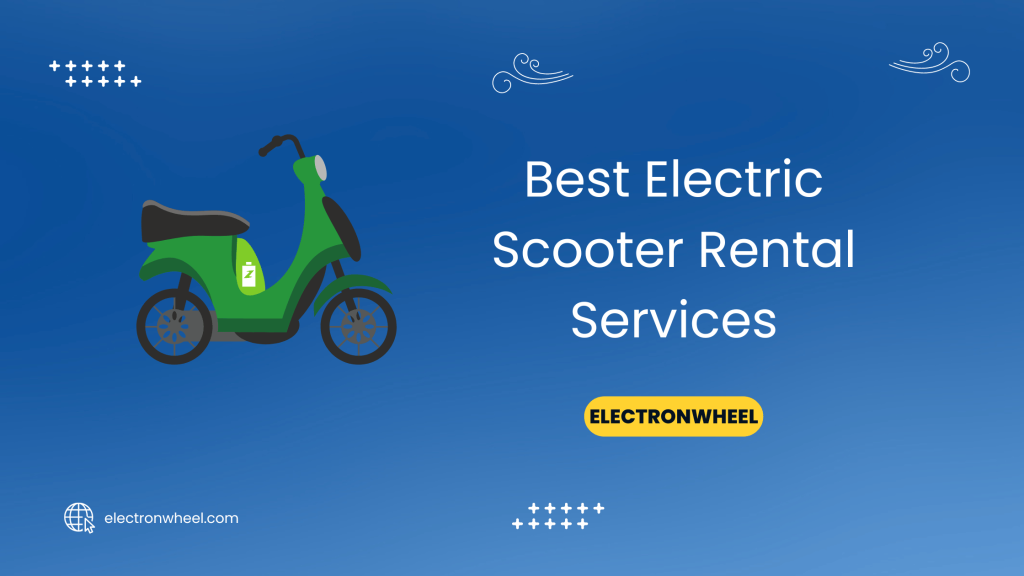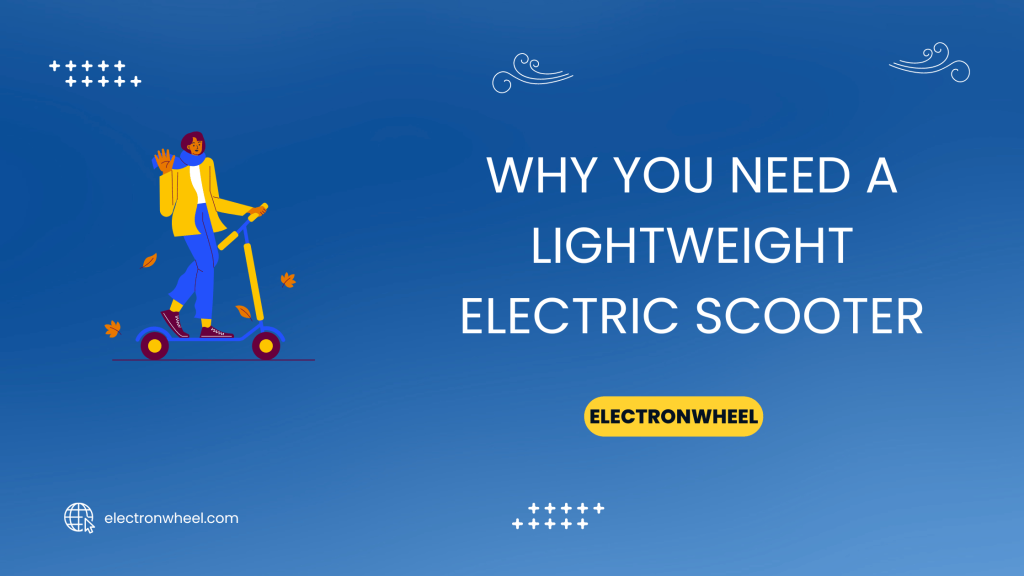This post contains affiliate links, we'll earn compensation if you make a purchase using them at no additional cost to you 😊
While buying an electric scooter, the debate over electric scooters’ range vs weight always comes up with an additional question what is more important? Range or Weight?

A scooter’s range and weight pertain to how far it can go on one charge and how easy it will be to carry and move around. Both of these factors have a direct relation to a scooter’s performance.
Hence, users should pay more attention to the weight and range of the electric scooter and make the right choice when buying one.
Also, this debate about electric scooters’ range vs weight has other technical aspects, which we will see in the article below!
How do the range and weight of the scooter affect the force of scooter motion?
The battery, motor, and wheels of an electric scooter resist these forces on the rider’s behalf, using the motor’s torque to draw the combined weight of the rider and the scooter.

Given that a scooter is pulling in two directions against gravity, rolling resistance and drag, weight undoubtedly impacts how far it can travel before running out of battery.
Electric scooters come in a variety of weights, so it stands to reason that heavier ones will take more energy to run.
Three factors based on the range and weight of the scooter affect the force of the scooter’s motion. Here you go:
The Drag Force
The drag force will make the electric scooter’s motor work harder while making the battery exhaust faster on even a cloudless day.
The Rolling Resistance
The torque amount increases when you are ready to move as the wheels compress slightly when you get on the scooter.
So, when your wheels don’t move forward because of the force of gravity, the rolling resistance comes into action.
The most lightweight electric scooters tend to roll the smoothest because a wheel’s rolling resistance rises with gravity.
Reduced range results from increased rolling resistance since the electric scooter’s motor must work harder and take more power from the battery to overcome it.
Other factors that might increase rolling resistance include underinflated tires (low tire pressure), poorly constructed wheels, or worn wheel bearings.
The Gravity Force
You’ve probably noticed that climbing hills is more difficult than going down them. Whether we are science graduates or not, we are all very familiar with the concept of gravity.
Greater mass, which relates to a heavier rider and electric scooter, makes it more difficult to climb slopes and increases the pulling power of gravity, which the electric scooter’s motor has to overcome.
This means that your scooter’s general range will be lower if you are located and ride in an area with more hilly terrain.
It also indicates that a lighter scooter would often have a higher range in hilly terrain than a larger scooter with the same power supply.
Electric scooter engineering based on the range and weight of an electric scooter?
Four significant factors affect will help you understand the engineering of electric scooters based on their range and weight. Let’s take a look:
1. Weight
An electric scooter’s weight is determined by its components and the material used while manufacturing, including its motor and battery size.
Also, as mentioned before, a lightweight scooter will be easier to carry and give you a good range.
2. Battery Capacity
If your electric scooter has a larger battery, it is bound to give you more range, but it also increases the weight of the scooter. Therefore, manufacturers must evaluate and balance both components to create an ideal product.
On the other hand, the battery capacity tends to decrease over time, which ultimately will decrease the range of the scooter.
3. Motor Power
A good amount of motor power helps an electric scooter provide a perfect balance between its weight and power. Its efficiency and high torque power play an essential role in providing a good range.
All the high-performing electric scooters are built the high-power motors. These high-power motors can be made up to 1500 watts.
How to choose an electric scooter based on its range and weight?
Choosing the perfect size of electric scooter for you involves some delicate balancing.
In contrast, a high-performance electric scooter, which often has greater power, can typically carry a bigger maximum load and can travel long distances. Plus, a lightweight electric scooter is easier to carry and handle in daily life.
The majority of individuals looking to purchase an electric scooter want to find one that will be both enjoyable to ride and useful for going to and from work, running errands quickly, or cruising around with friends.
This simply means riders prefer an e-scooter that should be easily carried and easily ridden.
Nonetheless, the best scooter comes with a perfect balance between its factors which work the best as per your destination, the terrain you ride on, and the duration it takes to reach.
Related Reads:
- Hybrid VS Electric Cars: Choose Right For You
- Onewheel vs Electric Scooter: Know The Difference
- Onewheel vs. Electric Skateboard: Key Features Compared
Final Verdict
There’s always a compromise between range and weight when it comes to electric scooters.
Lighter scooters tend to be more portable, but heavier scooters often have a greater range. Your unique demands and tastes will determine which option is ideal for you.
The weight of the rider, the terrain, and the weather are just a few of the variables that might impact an electric scooter’s range.
There is an electric scooter that exists for you, no matter what your demands are. Before making a purchase, conduct some research and evaluate several models.
You are likely to find the ideal scooter for your needs from the great selections that are readily accessible.
FAQs: Electric Scooters Range vs Weight
Crossing the weight limit of your electric scooter negatively impacts the safety and performance of the scooter.
This is another crucial factor to consider while buying a fast electric scooter. A rider’s weight can significantly affect the speed of your electric scooter.
The most common reason your electric scooter runs slowly is the battery pack being worn out or faulty.
The following list of problems commonly occur to an electric scooter after a few years of using it:
1. Battery dying.
2. Sluggish performance.
3. Overheating of the motor.
4. Charger defect.
5. Faulty Controller.
6. Lose brakes.
There are more issues to add to this list, but the ones listed are the most commonly faced.



